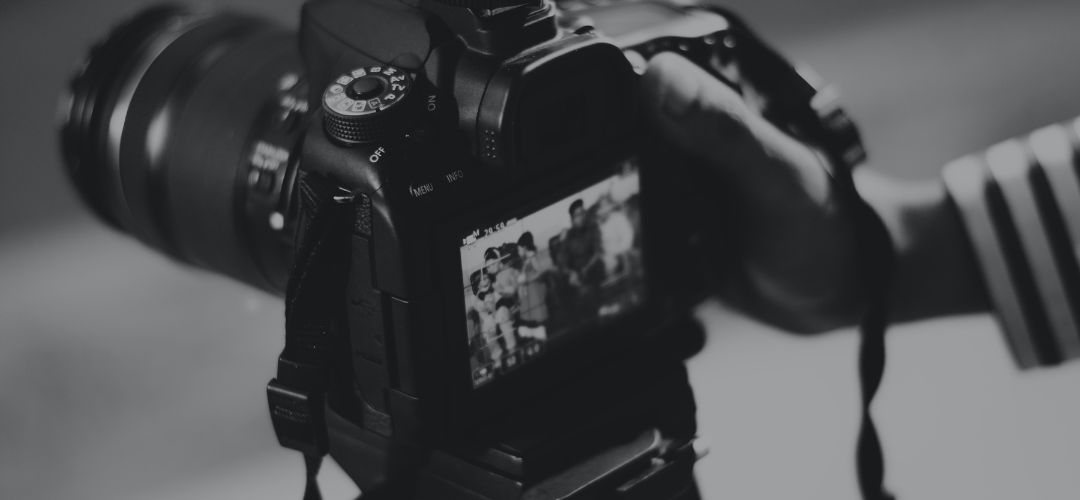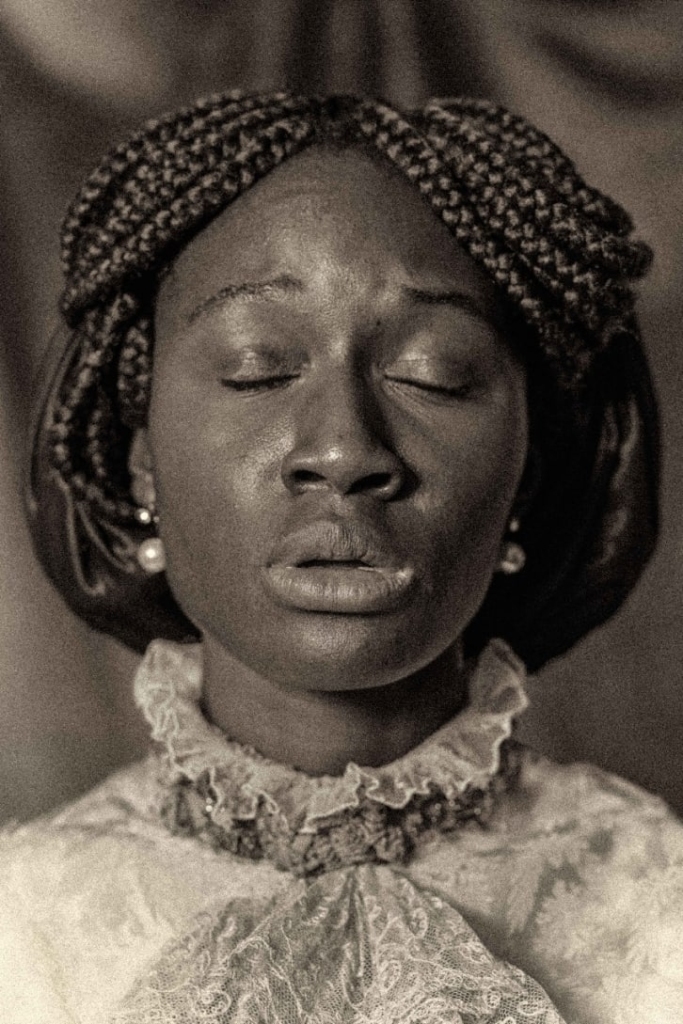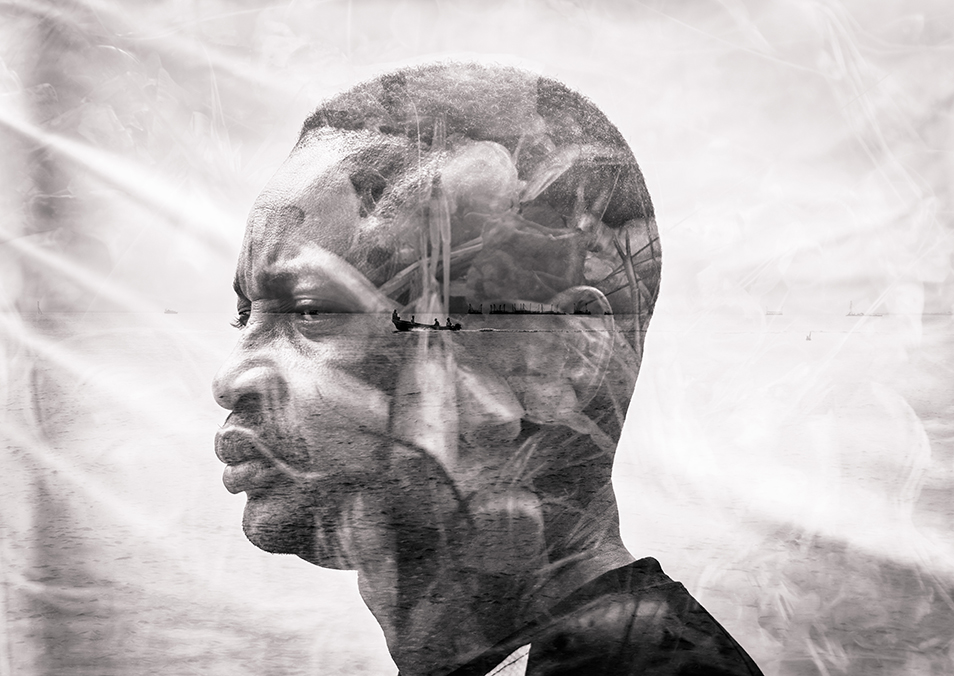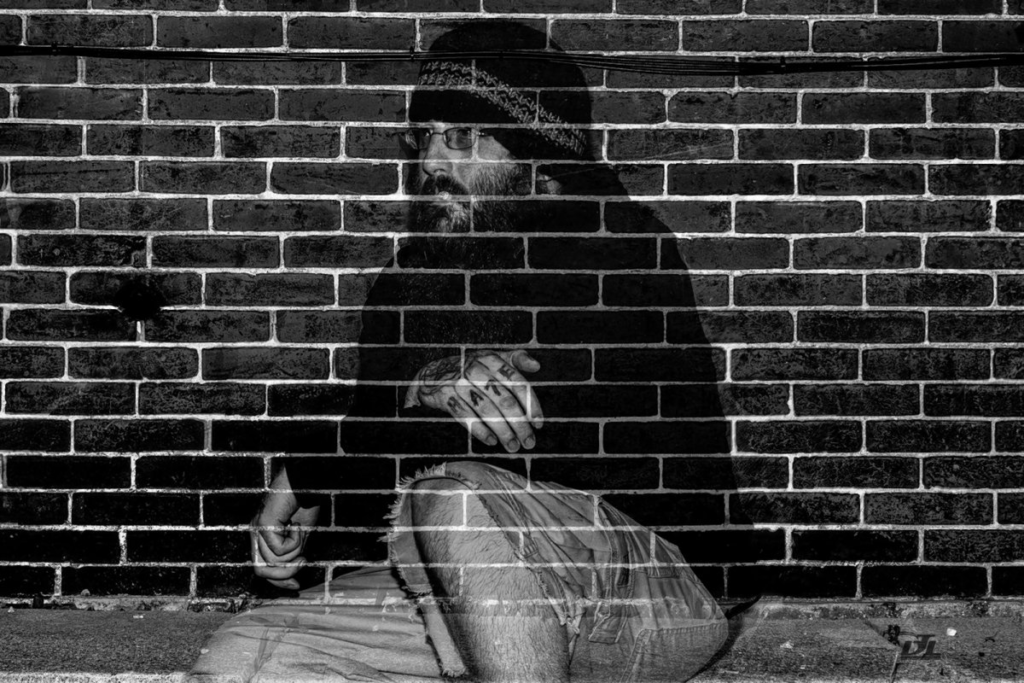58Views
5 mental health photographers capturing the importance of MHAM

Art is not only a coping mechanism but an escape for many. Its different forms allow both artists and viewers to communicate, relate and understand the distinct depths of the human experience.
And now that is officially Mental Health Awareness Month (MHAM), and the world is experiencing change like none before, perhaps, is worthwhile to explore the depths of the human mind through photographers.
Many of these visual artworks can be a great example to study and destigmatize different mental health problems.
The following photographers scrutinize and communicate different aspects of mental health. They explore depression, anxiety, and different mental disorders. But, most importantly, their depictions expose and challenge the taboos over the matter.
Edward Honaker
Edward Honaker was diagnosed with chronic depression when he was only 19-years-old. Thus, the photographer documents his experience with it through a series of black and white self-portraits. Honaker successfully captures the isolating fear that depression brings.
“Your mind is who you are, and when it doesn’t work properly, it’s scary,” he told The Huffington Post. Ironically, it was only after his diagnosis that he saw a light at the end of the tunnel.
Sometimes, when your mind is off, it’s important to name the problem. Not only does this give you a kind of explanation, but it’s the first step toward finding a solution. That way, Honaker used his camera to turn these emotions into a tangible expressions.
Katie Joy Crawford
At only 11-years-old, Crawford had her first panic attack. When she was 13-years-old, she was diagnosed with anxiety and depression.
In her series, My Anxious Heart, Katie Joy Crawford represents her physical experiences with anxiety and depression. The series not only aims to capture her internal struggles, but to bring them to light.
The photo series explores the emotional and physical journey that her diagnosis gave her life experience. She depicts her own experience as both draining and suffocating. Yet, aims to explain the weight that these bears in our society, thus challenging social taboos.
Heather Agyepong
Heather Agyepong, on the other hand, brings awareness to the difficulties in dealing with racism and oppression. This British-Ghanian artist sheds light on ‘Black trauma’ through a series of staged self-portraits. Mixing historical figures and her own experiences, she combats all the negative feelings of inequality and racism.
Her goal is to open up conversations about how these issues affect the Black community politically, socially, and most importantly, mentally. Thus, acknowledging the severity of the problem.

John William Keedy
Through a deeply personal series ‘Its Hardly noticeable,’ photographer John William Keedy, illustrates his struggle with anxiety disorder.
After seven or eight years of being diagnosed with anxiety, Keedy was ready to create an artwork that not only represented him, but something that could help some audiences to relate. Through his series, he creates the ‘character,’ a person who intends to portray the different struggles that anxiety presents for different people.

He told NPR magazine, “if only to help a couple of people who are going through the same thing in some way feel that they’re not alone in this.”
Etinosa Yvonne Osayimwe
From the Plateau State conflicts to Boko Haram’s insurgency, Nigerian people have had their fair share of suffering. That leaves its scars.
Etinosa Yvonne Osayine uses her camera as a powerful tool to depict trauma and use it as evidence of such atrocities. Her series, ‘It’s all in my Head,’ aims to help people open up about their experience and help them deal with trauma.
“When I wake up in the morning and just before I go to bed, I think of all that happened. I went through hell and I can’t get it out of my head. Boko Haram is the worst thing that happened to me.”
Hajara Abubakar, 24, Borno, Nigeria. The Culture Trip Magazine

Yospie Cardoso
At the age of seven, Yospie Cardoso was diagnosed with schizophrenia. Through a series of self-portraits, he depicts the life of a man living with schizophrenia. Not only does he hope to incentivize awareness, but also to eliminate the stigmas around it.

“It’s been a chance to show people my experiences. When you tell people you have schizophrenia, they automatically think you’re crazy. I want people to understand and stop looking at the stigma of it.”
Yospie Cardoso, The Mighty Magazine, 2015

The importance of photographers specializing in mental health
Art can be both golden or gummy, but it is always real. Whether it is the subconscious mind communicating something beyond the realms of rationality, or a practical depiction of existence.
What these artists communicate, for that matter, depends on the eyes of those viewing. At the end of the day, the beholder would always see what the beholder wants to see. So, whatever it is, just let it sink.



